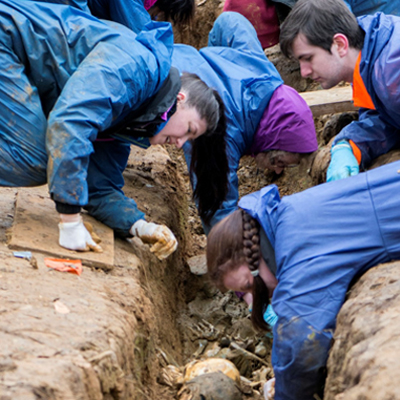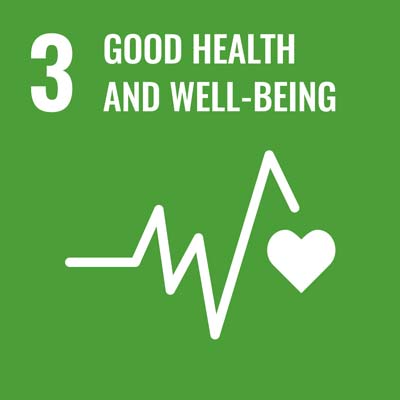We are aiming to determine how many people in everyday life are affected by carbon monoxide in different environments and to what degree, in the co+ Impact study.
Key facts
-
The project will study the impact of carbon monoxide in homes, boats, caravans, tents and specific working environments. It will also conduct a thorough review of existing research concerning CO+ in the above environments, not only in the UK but also other countries.
-
The co+ Impact study is part of the CORE (co+ Risk Reduction research project) initiative.
-
CORE is currently in the process of obtaining funding for two further related projects to understand the precise nature of the threat of CO+ and produce a number of procedures that will make fuel burning environments safer.
- Funded by The Gas Safety Trust, and supported by the Hazel Woodhams Memorial Fund (HWMF).
Impact of our research
A new system that defines CO+ impact depending on type of gas(es), their concentration and their exposure duration needs to be developed and will form the basis of establishing credible and trustworthy statistics of how many people are affected to what degree.
A second system that effectively and comprehensively monitors and establishes the effects of CO+ in the UK in the defined environments has to be developed. This system already exists in part and will form the core around which new, long-term protocol is established.
Why the research was commissioned
Carbon monoxide is a silent killer with a currently debated mortality rate ranging from a very small to an extremely high number of individuals. This project will attempt to truly understand the dangers and risks associated with carbon monoxide poisoning, with a focus on the UK population. The main aim of this study is to determine how many people in everyday life are affected by CO+ at homes and in specific working environments, as well as in boats, caravans and tents.
Why Cranfield?
The project was designed by Roland Wessling, a Lecturer in Forensic Archaeology & Anthropology, as he felt it was an important piece of research that needed to be addressed.
He approached the Gas Safety Trust for funding with a number of options and this was the project they chose to fund. Other staff at Cranfield had already undertaken a previous thesis project on carbon monoxide; this was the first to be funded however.


